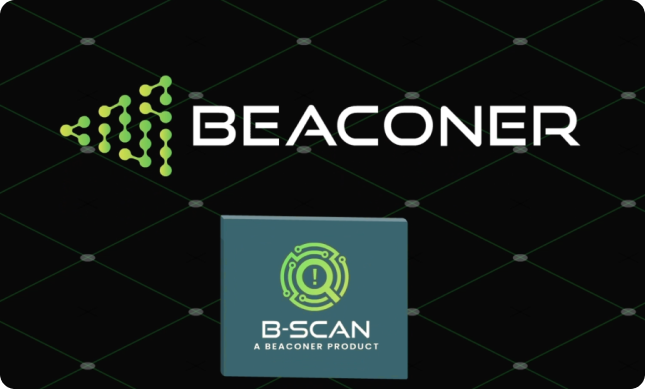All blogs
Mastering Third Party Risk Management
All Blogs
How Vendor Onboarding Policy Help Mitigate Business Risks
In today’s dynamic business landscape, effective vendor management is essential for mitigating risks and ensuring operational continuity.
Introduction to ISO 27001 : Information Security Management System Framework
In the current dynamic digital environment, information security has emerged as a critical issue for businesses worldwide. Aside from being a great practice,
Best Practices to Govern Third Party Vendor Risk Management
Your company must identify the types and the number of risks that are linked with every product or service offered by your vendors. It can help you effectively manage your vendor risks.
Key Features to Evaluate in a Third Party Risk Management Software
Companies today are increasingly shifting their focus to the rapid adoption of the hybrid ecosystem. It is mainly for cloud computing, global supply chain
The Crucial Role Of Threat Intelligence In Managing Third Party Risk
In today’s interconnected business environment, organizations are increasingly relying on third parties and vendors for critical business functions.
Understanding OSFI Guideline B-10 : A Thorough Overview of Third Party Risk Management
The latest edition of Guideline B-10: Third-Party Risk Management was released by the Office of the Superintendent of Financial Institutions
How to Reduce Delays in Third Party Risk Management : Most Critical Issues in TPRM
In the ever-evolving landscape of cybersecurity, businesses are increasingly relying on third-party relationships to meet their operational needs.
Significance of Vendor Criticality Matrix in Third Party Risk Management
Third party risk management has become increasingly important for organizations to address cybersecurity threats and protect sensitive data.
Addressing Data Protection And Privacy Challenges In Third Party Risk Assessment
In today’s digital world, organizations rely heavily on third party vendors and suppliers for various business functions. While these partnerships can help drive innovation
